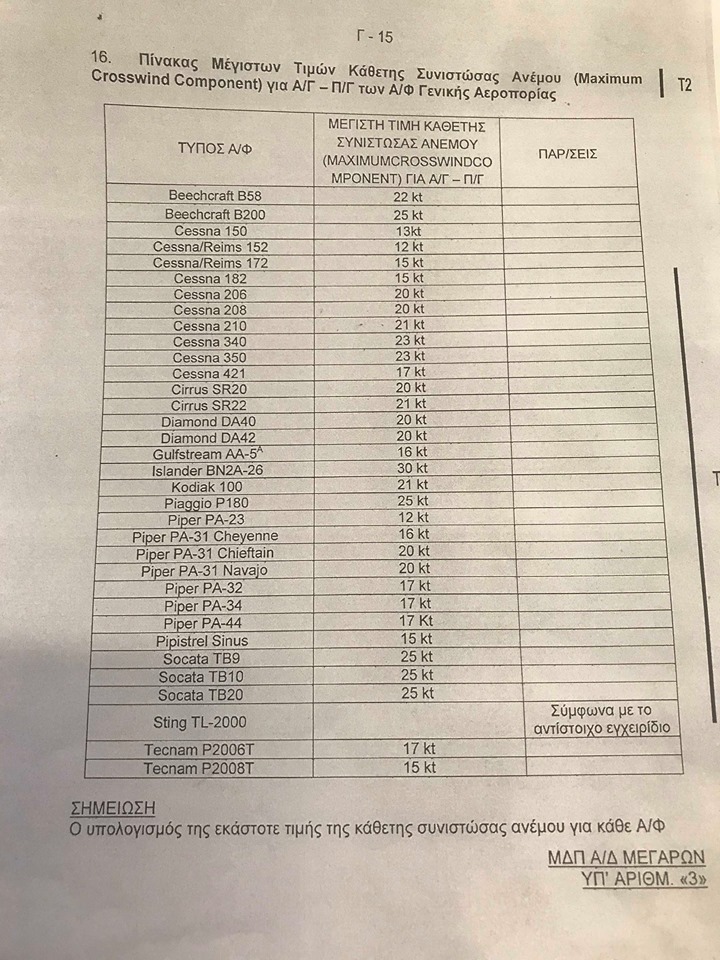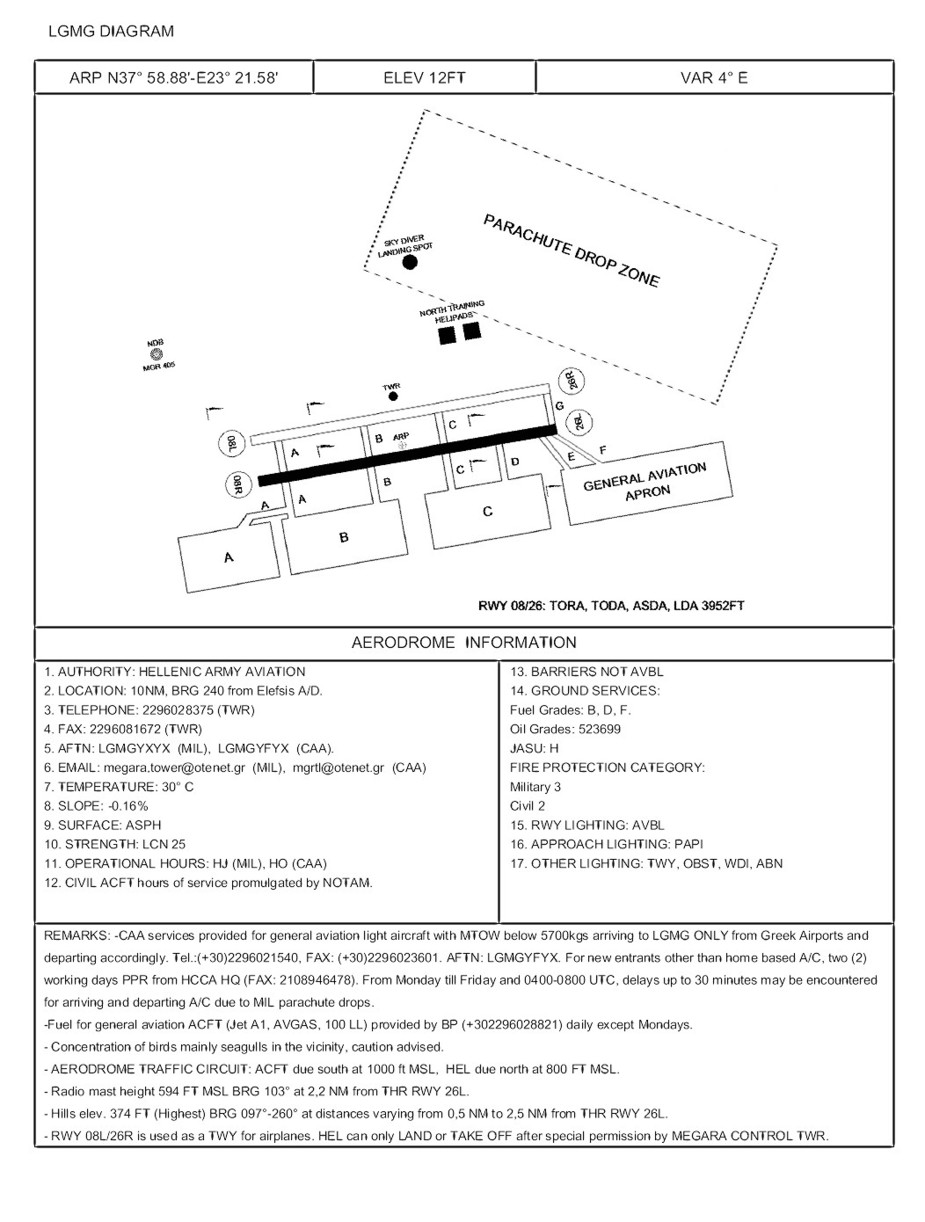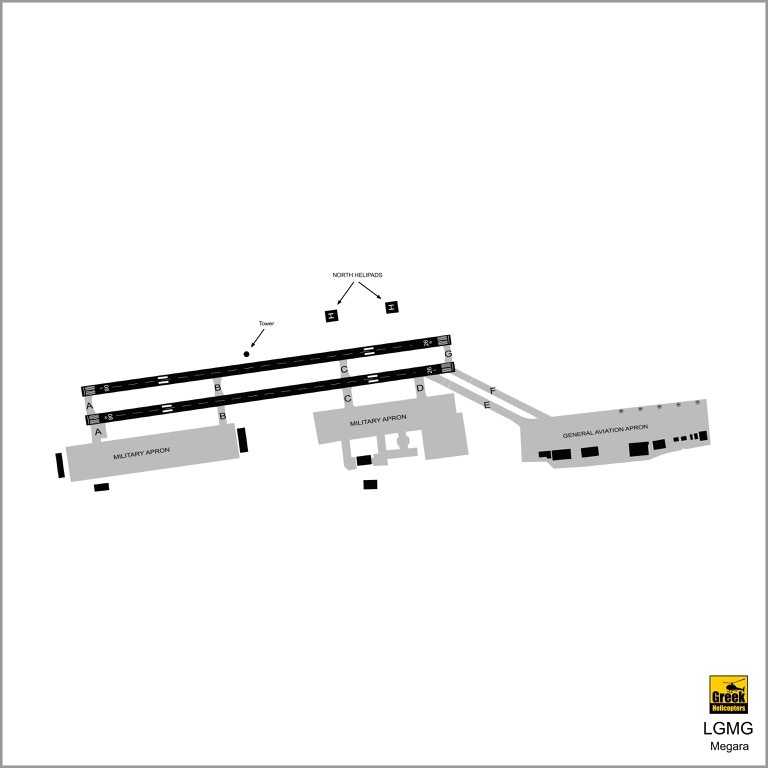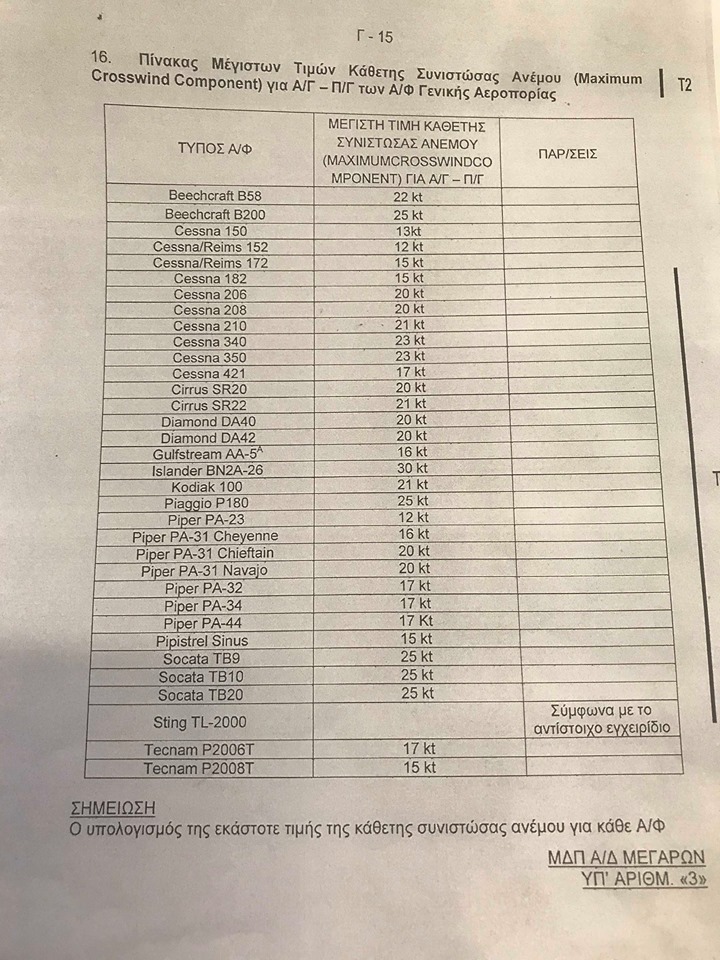I have no knowledge of the situation but I expect this was triggered by an aircraft accident in a crosswind at this airport
Yes, as said, the demonstrated crosswind velocity is not a limitation, so it is a weak argument to try to make it one. If the plane had an STC, the manufacturer’s crosswind value would not have been reduced, it would have been required to show compliance to the existing value. Yes, if the STC were a STOL kit or similar, which had the effect of reducing the crosswind value, the STC applicant could argue this down, but they would not, as it would be a purchasing disincentive. I have never heard of any STC reduction in crosswind value.
As said, many planes would not have this value published. The rule which produces a crosswind value is:
Directional stability and control.
(a) There may be no uncontrollable ground or water looping tendency in 90 degree cross winds, up to a wind velocity of 0.2 VS0, at any speed at which the airplane may be expected to be operated on the ground or water.
(b) A landplane must be satisfactorily controllable, without exceptional piloting skill or alertness, in power-off landings at normal landing speed, without using brakes or engine power to maintain a straight path.
(c) The airplane must have adequate directional control during taxiing.Quote
So, if you want to challenge the enforcer, point out that the crosswind value is based upon a stall speed value, which is in CAS, rather than IAS, so their “list” value would have to be corrected for IAS to CAS for that airplane. Thereafter, they have to calculate the component, if it is not a direct crosswind – that should keep them busy!
Dimme wrote:
alioth wrote: And how are they going to know?They have a list. @Petakas can publish a picture of it if he wants, I don’t want to publish his copyrighted material without his permission. What if your airplane is not on the list? No idea.
These are the limitations. I’ll come back on the subject tomorrow.

petakas wrote:
These are the limitations. I’ll come back on the subject tomorrow.
So this list is already wrong as Cessna 172S has 20 kt demonstrated crosswind.
Mooney FTW ! 
Happy to see no Jodel models on the list. I haven’t yet tried the Bolkow Junior to its 20kt demonstrated crosswind, also not on list.
Mooneys state in the POH explicitly that the demonstrated x wind limit is not a limitation. All the vintage Mooneys do not even indicate it in their POH’s, the newer ones do but it is not in the limitations section (rightly) but elsewhere.
This limitation for an airport is complete rubbish, particularly as Meghara does not even publish a METAR. So how are pilots informed of the actual wind? Or how does the airport authority wish to prove a pilot exceeded this limitation, if they have no certified wind measuring equipment at the airport?
What if you request to land diagonally along/across the runway?
Or just request to hold until the wind subsides, or you run out of fuel, so you can declare an emergency, whichever comes first!
Somebody actually wasted time to make this list. It’s wrong on so many levels idk where to start.
What happens when you are 1 foot over the runway and the wind increases by 1 knot… does the tower force you to go around in a „high wind“ situation, that’s pretty „dangerous“, lol? Isn’t MG a public airport? What’s the legal basis of this sh!t?
petakas wrote:
These are the limitations. I’ll come back on the subject tomorrow.
So, what happened in Megara LGMG recently ?
Some storyline first.
Closing in on the upcoming 2004 Athens Olympics CAA realized they would need a GA airfield for the future and some immediate extra space for civil helicopter traffic related with the Olympics.
There was none available near the city, the old dedicated GA Marathon LGMR airfield’s runway had become an Olympics’ rowing facility (pond) and the GA was then transferred to Athens Hellenikon Int’l LGAT until a solution could be found.
LGAT had to close in 2003 for the new Athens In’t E. Venizelos LGAV airport which would not host the capital’s GA (something not wanted by both GA and LGAV sides).
So in early 2005 Megara LGMG airfield, 50km west of the City, was the airfield of choice for CAA to send GA there.
The airfield was, since ages ago, a Military base of Army Aviation hosting a couple of KingAir aircraft and a multitude of Transport, Training and Combat Helicopters.
The CAA managed to sign a Quid pro quo style 15 year M.O.U. for collaboration with the Army Aviation (the airborne section of Hellenic Army) for the next decade(s).
The M.O.U. included some benefits for the Army by the state for accepting Civil GA on their “site”.
Since then:
CAA built the eastern apron on it, before the 2004 Olympics, so as to have space for possible extra needs in helicopter operations during the Olympics.
The apron is not in the military boundaries but the rest (runways taxiways) are.
Megara LGMG civil GA operations commenced in August 2005 after the Olympics.
Since then some 100 GA aircraft operate from Megara alongside with Army Aviation and the often (civil and MIL) Parachute Drops in the adjacent drop zone just north of the civil apron.
The second (new) north parallel runway was constructed, completed in 2010 and old south parallel runway was relayed with new asphalt in 2011.
Airport in its current state.
MIL area masked, Left is NORTH, right is SOUTH, the obstructing Tower left (north) abeam the runway.
The control tower was never demolished due to “lack of funds” as Greece’s economic crisis was in progress during the 10’s.
As a result of this, the north runway could not be used for landings and take off’s, it was since used as a taxiway and was a “good to have” availability in case of an emergency. The above was a limitation for Fixed Wing. Helicopters could operate from everywhere.
The key to the NORTH runway operation (that needed the tower building removal) was that the Army wanted flying civil fixed wing to be farther away from their precious helicopters parked close to the SOUTHERN runway (in case of veer off runway from crosswind and the messy process to follow between MIL and civilian accident liabilities etc.).
They preferred the southern runway (the old runway relayed with asphalt in 2011) to be used by Civil GA only for taxying and as back up for flying operations when there would be an issue on the north and the northern runway to be used for flying operations. This is also a better solution for less delays since arriving traffic do not have to cross an active runway to proceed to the civil apron.
The Civil apron in its current state.
Airport layout



By 2015 Civil CAA ATC at Megara Tower started diminishing since HQ started dragging them out to cover other positions (another long story, off topic here) in other CAA towers across Greece.
The Army was not happy about it.
GA “business” at the airport kept growing with 4~5 based Flying Training organizations in full swing.
ATC workload increased exponentially and Army had not more staff to man at the tower. Civil ATC was not replaced.
By 2018 some things reached some limits and the Army started putting limitations to be able to handle traffic with the few personnel they have.
In some Military (from top to bottom) officer’s views, there was a full workload service provided to civilians, and not getting paid by the operators on site, the end user etc.
Initially a max number of flying aircraft in the circuit was applied … 3 ! Later on some exceptions it was raised to 4.
Later on there was reduction of airport operation hours in 2019 in “9 to 5” style, closed on national holidays, etc.
There was also an effort to implement some time spacing on departures in departure slots style like “already 5 taxying for departure, call for start up in 10 minutes”
The latest trick was the subject recent (January 2020) limitation on crosswind component.
This is an internal Military order to its (Tower) personnel. It was copied to all MIL staff involved and to the CAA office at Megara.
Note: The civil apron is managed by CAA (with operational obligations dictated in the M.O.U.) but all the rest of the surfaces are governed by the Army Aviation, the airport Military “owner”.
Because its an internal military order to base personnel it was (is) not circulated publicly.
The Megara CAA received a copy and they were (are) in charge to deliver the news to the civilian pilots/operators.
Its an awkward situation where an operational order is placed in “the Army base” but is not NOTAM’ed publicly in AFTN network because Army issues the order but CAA publishes NOTAM’s.
So the Military order states the following (simplified): No aircraft shall be approved start up for flight unless the crosswind component is less than the max number per aircraft type as specified in the below table.

They do not restrict aircraft to LAND beyond this limit (I guess in the name of safety against diversion of the uninformed etc.).
They do not allow DEPARTURE with these wind components.
The 15 years M.O.U. expiring this summer is being discussed for renewal as I hear. Civil stakeholders are (trying to get) involved in the CAA/Army process to safeguard/improve future operations.
The CAA still has shown no signs of ability to provide more ATCo’s and no sign of availability of state funds to complete the pending works per M.O.U.
Megara has runways 08-26 and are Notorious for most frequent wind being crosswind from the north.
On windy days the wind can reach gusts of 30kts from north.
Here’s a TB20 approaching and landing rwy 08R with 030/15G35Kts on a “business as usual (windy) day” in Megara
There hasn’t been any (significant) crosswind related incident in Megara since it commenced joint Civil operation.
The pilots/operators have simply handled it as they see fit, either by cancelling a flight or flying when they know they can handle it. This is what they were trained and licensed for.
So to conclude, as you can see there are two sides on the story and you can’t blame one more than the other.
Rumor has it that all these measures are a reaction to “broken promises” as a pressure tool for the “soon to be renewed” M.O.U. and off course civil GA pays the price …
AOPA Hellas reacted to the crosswind limits issue with this letter to CAA (translated from Greek).
So the subject is “in progress” and there is no conclusion yet. As likely it is for the order to be cancelled/changed so likely it is to remain.
For the record : CAA HQ (Airports Division) when they received the AOPA complaint, as an immediate reaction, they bashed the Megara CAA colleagues, as to why all pilots where not informed properly (i.e. officially) of the Military order. The Megara CAA colleagues explained them that they do not have the resources to photocopy/print the order in large quantities and go after each pilot to hand a copy. Yes .. lack of A4 paper, ink cartridges, PC’s on Internet, not to mention WC paper and other amenities (supplied gracefully by based operators …)
Goes to show …